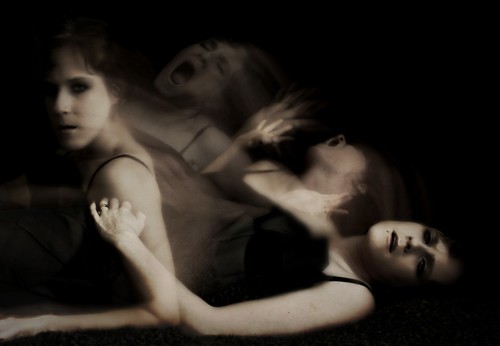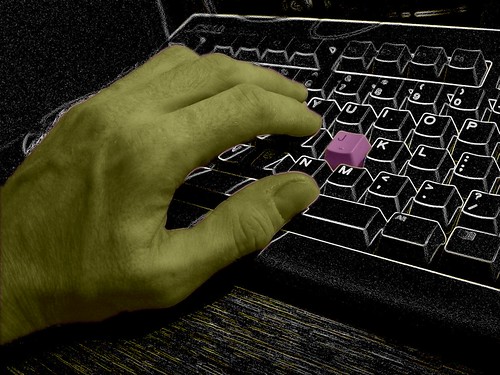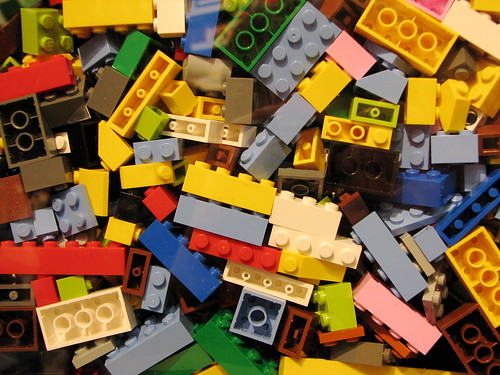| image by Steve Doria |
Categorising hair pulling behaviour seems to be something that psychologists struggle with.
Of course, no one can make strong assertions without evidence. But from people who do pull out hair and have an 'inside take' on the problem, phenomenological information can be obtained.
Of course, no one can make strong assertions without evidence. But from people who do pull out hair and have an 'inside take' on the problem, phenomenological information can be obtained.
From speaking to people who pull their hair out certain common feelings seem to be apparent. A rise in anxiety prior to pulling, a relaxation following the extraction and an automatic sequence that is repeated which seems to restore some sort equilibrium until the anxiety passes.
This is exactly what displacement behaviours exist for of course. In nature, animals demonstrate displacment behaviours when they are caught between
two behaviours, such as fight or flight. The displacement behaviour lasts until the situation changes and the organism is no longer experiencing a conflict of mutually exclusive tensions.
In our household pets self-biting is common among dogs who are distressed. This self-directed behaviour seems to offer a classic view of what displacement behaviour is. Such a poor animal's distress might take the following course.
1. a need to escape a threatening situation - but no escape is possible!
2. instead of escaping, avoidance is attempted - but there is no away to
avoid the stressor either.
With two key survival strategies frustrated the animal can find no control over its environment. Whatever it does, it cannot solve the problem and find comfort or safety. The self-directed behaviour emerges as a final act by which the dog can exercise some control over its physiological state. Self-biting is a means of disengaging from its environment (i.e.from the source of its stress) via an action which achieves some measure of equilibrium but by maladaptive means.
I believe that hair pulling in humans serves the same effect. The hair puller's environment is causing stress that the person cannot escape or avoid or findany solution to. In young developing people where the brain is still wiring itself, such pressures can lead to lifelong hair pulling because the child is not psychologically strong enough to cope with its situation. Once the behaviour begins it becomes part of the intrinsic behaviour pattern of the individual concerned and is hard to break - but not impossible if the conditions in which the child was embedded at the time the disorder developed can be uncovered and the original anxiety identified and worked through.
To say there is a cure is a bit of a misnomer. Hair pulling can be stopped, but the original anxiety that led to its emergence is something that can never be taken away. But it can be faced and coped with, so that the adult hair puller does not have to be a prisoner of the childhood environment in which hair pulling served as the self-comfort of last resort.













